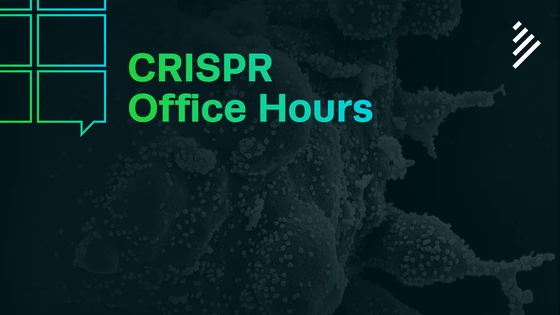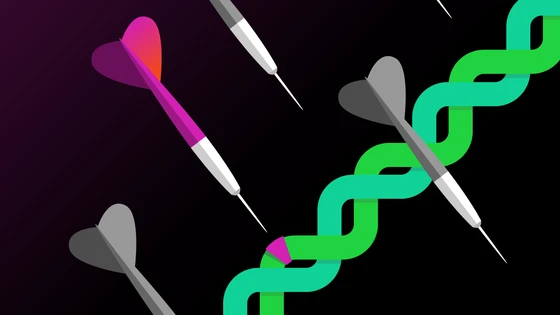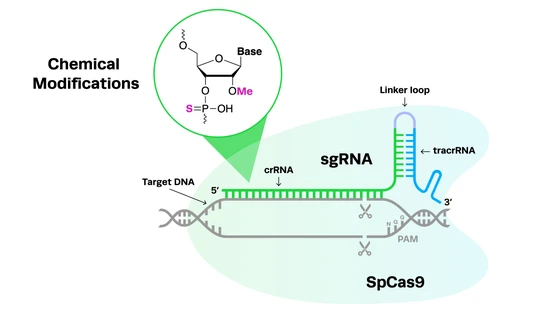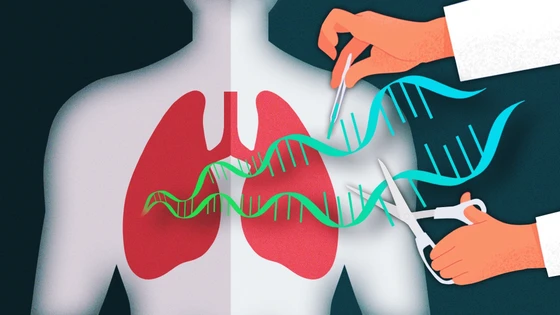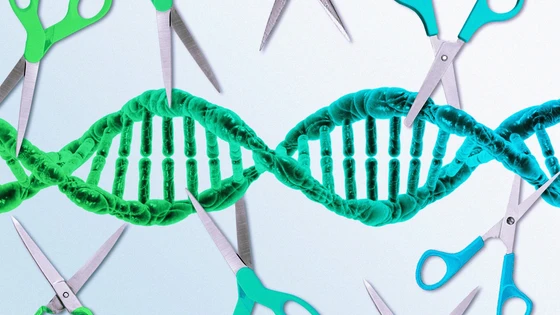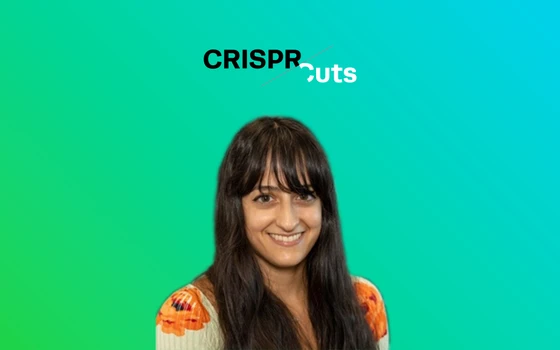In our recent CRISPR Office Hours, we were joined by Dennis Hartigan-O'Connor from UC Davis who spoke to us about how his lab is working on a vaccine for the SARS-CoV-2 virus.
In this session, we discussed their vaccine strategy, testing progress, and the effectiveness and validity of COVID-19 vaccines. Specifically, the following main topics were covered:
- California National Primate Research Center
- SARS-CoV-2 Research
- B-Cell And T-Cell Antibody Responses
Watch the recording here, or jump down and read the summary — the choice is yours!
California National Primate Research Center
Dennis has a background in HIV research and has done a lot of work at the California National Primate Research Center at UC Davis. The hospital at UC Davis was the earliest to treat one of the first few patients from Northern California that had tested positive for SARS-CoV-2. This led the Primate Center to get involved very early in the SARS-CoV-2 disease research and gave Dennis the opportunity to work on SARS-CoV-2 vaccinations.
UC Davis is well known for animal modeling in the biomedical research field. When the pandemic broke out, it was important to develop an animal model to better understand the disease and how to treat as well as prevent it. However, SARS-CoV-2 has poorly modeled in mice. These diseases are better understood in an animal model that is naturally susceptible to the diseases, which is the key reason the Primate Center has been having success with their research. Dennis also spoke about how his lab has been working on the SARS-CoV-2 research in close collaboration with the NIH.
SARS-CoV-2 Vaccine Research
According to Dennis, in contrast to HIV, antibodies do work against the SARS-CoV-2 virus. However, the level of antibodies needed might be more than what is needed for certain other easier vaccine targets and will be more easily achieved in younger individuals. The strategy is to expose people to the virus and allow them to develop antibodies that bind up the virus and prevent it from attacking.
Their research has shown that monkeys in which antibodies are generated are also capable of inhibiting replicating the virus. However, for the strategy to be viable, it is also important to understand how much antibody is needed. This issue is beginning to be addressed and a recent study from Dan Brooke’s lab has shown us how much antibody is required to protect the lungs.
Dennis also mentioned that one of the challenges of developing a vaccine is that not having enough antibodies is worse than having no antibodies at all. So some individuals with a poor antibody response might experience a worse infection. Another issue in developing a vaccine for SARS-CoV-2 is that since the disease does not appear to be seasonal like the flu, we would want a vaccine response that lasts at least a year or more. Elderly people have antibody responses that are worse and decline more rapidly, so it is crucial for the vaccines to be tested in older monkeys and then in older humans when we get to clinical trials.
B-Cell And T-Cell Antibody Responses
Dennis talked about the B-cell and T-cell responses and why they are important in vaccine development. One of the ways to tackle the waning antibody response issue is to back up the antibody response with a T-cell response. It is clear from research studies that T-cell responses in the lung can be an important contributor to protection.
Dennis also spoke about the B-cell and the memory response we can get from that. The primary need for a B-cell is to get help from a T-cell. This causes competition among the B-cells so only the ones with the best receptors can get the antigen and can receive help from a T-cell. One of the strategies that has been used heavily in HIV to achieve the memory response is to take an antigen that is a monomer and deliver it as a multimer. This strategy allows for more B-cells and more antibodies to be created.
When a vaccine is being developed, a strategy is chosen based on the issue the scientists are trying to tackle. For example, antibody responses are most commonly to things that are extracellular while T- cell responses can be specific for antigens that are produced inside the cell. One of the approaches that Dennis’ lab is pursuing is to combine both approaches to ensure that they are delivering a vaccine that targets both pathways simultaneously.
We hope you found this article useful. To attend the live webinar session next week, you can sign up here.
Free CRISPR Consultation
Want to know how to optimize your CRISPR experiment to get guaranteed editing results? Schedule a free discovery call and project consultation with a genome engineering expert.

